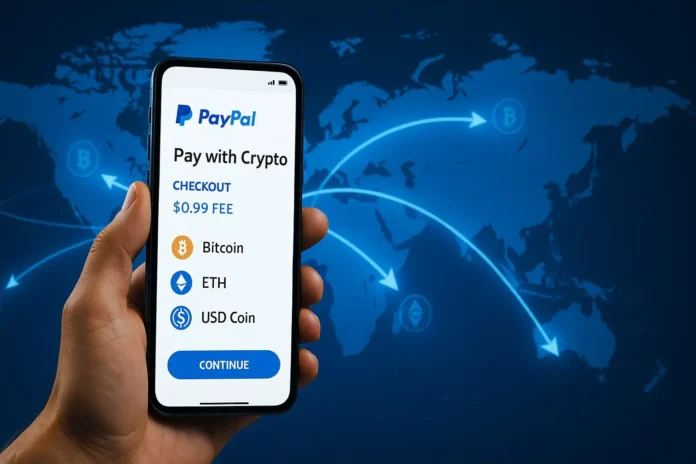Excerpt
- PayPal will let every U.S. merchant accept more than 100 cryptocurrencies and settle in dollars at just 0.99%—a 90% haircut to today’s card fees.
- But new stablecoin rules and PayPal’s own margin math could flip the script if regulators—or Visa and Mastercard—strike back.
5 Key Points
- “Pay with Crypto” rolls out in weeks, linking MetaMask, Coinbase, and other wallets to U.S. check‑outs—covering 90% of crypto market cap. Jul 28 2025 (Source: CoinDesk).
- Merchants pay a flat 0.99% vs. card‑network cross‑border caps of 1.15–1.5% for online debit/credit—slicing fee outlay by up to 90% (Source: CoinDeskReuters).
- Cross‑border TPV is just 12% of PayPal volume today (~$201 B in 2024), but delivers outsized transaction margin (Source: wallstreetzen.com).
- Q2 2025 totals: $443.5 B TPV, 19.8% adj. operating margin—management just raised FY profit guidance to $5.15–$5.30 EPS (Source: Reuters).
- GENIUS Act signed Jul 18 2025 puts stablecoin issuers under full BSA/AML scrutiny—yield‑bearing tokens barred (Source: mayerbrown.com)
Short Narrative
On July 28 PayPal unveiled “Pay with Crypto,” a checkout button that lets any U.S. merchant accept more than 100 digital assets while still receiving dollars almost instantly. Customers spend BTC, ETH, XRP, USDC, or PYUSD; PayPal handles the swap and deposits USD minus a 0.99% fee—well below the card networks’ cross‑border toll. The move extends PayPal’s 2023 pivot toward higher‑margin international flows and dovetails with its in‑house stablecoin, PYUSD. Yet it lands just days after Congress and President Trump codified the GENIUS Act, which brings strict federal oversight to stablecoin issuers (Sources: CoinDesk, mayerbrown.com).
Extended Analysis
Market Impact
Cross‑border ecommerce fees—projected to hit $320 B globally by 2030—are ripe for disruption. By undercutting Visa/Mastercard’s online interchange caps (1.15–1.5%), PayPal can siphon volume from the 88 % of its own payments that remain domestic, lifting take‑rate without raising sticker prices. Even a two‑point gain in cross‑border share (~$34 B TPV) at a 0.99% fee adds $336 M gross revenue—material against 2024’s $29.8 B top line.
Competitive Dynamics
Stripe restarted crypto checkout in 2024 but still charges 1.5% on USDC—half a point above PayPal. If card networks slash their cross‑border spreads to defend turf, PayPal’s edge narrows; if they hold, its 435 M active accounts become a Trojan horse for crypto spend. Meanwhile Shopify and Amazon experiments with stablecoins could accelerate merchant demand, turning early integration into a moat.
Regulatory Exposure
GENIUS Act compliance is a double‑edged sword: it legitimizes PYUSD but bans yield on payment stablecoins. PayPal’s marketing touts 4% on PYUSD balances—language that now clashes with Section 4(a)(11). Expect the OCC and FinCEN to test enforcement early; any adverse ruling could erase a key incentive for merchants to park funds on‑platform.
Execution Risk
Crypto volatility, wallet UX friction, and potential cannibalization of PayPal’s own card‑based revenue loom large. Management claims near‑instant FX savings, yet real‑time crypto‑fiat pricing must avoid slippage—and fraud tools must evolve for irreversible blockchain transfers. Failure here could spike loss provisions and dent that newly improved 19.8% margin.
Investment Implications – Risk‑Reward Matrix
- Bull Case:
- Cross‑border share rises from 12 % to 20 % within two years, adding >$1 B annual gross profit.
- GENIUS clarity plus 0.99% fee pulls high‑margin SMB merchants from card rails globally.
- Bear Case:
- Stablecoin yield ban kills PYUSD stickiness; compliance costs widen expense line by >$300 M.
- Card networks slash online cross‑border fees below 1%, nullifying PayPal’s price edge.
- Wildcard: A major U.S. bank launches its own regulated stablecoin network, pressuring fees industry‑wide overnight.
Recommendation or Warning
Aggressive traders can front‑run a cross‑border margin pop, but size position for headline‑risk whiplash once regulators parse PayPal’s 4% PYUSD promise.



